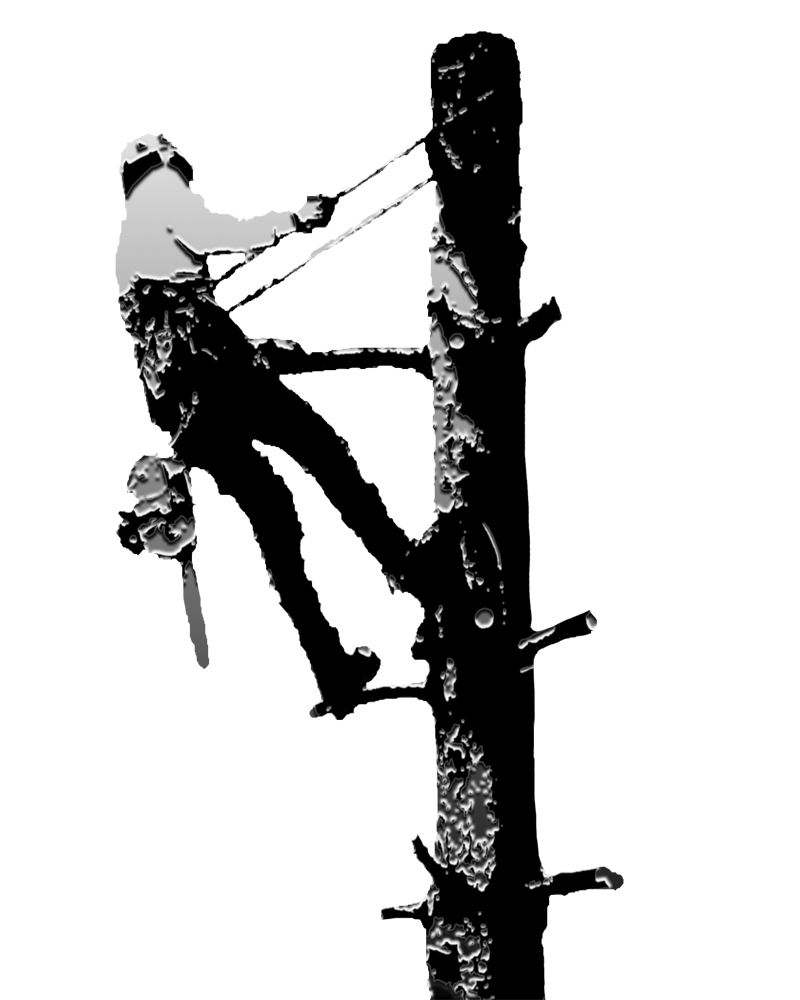Cabling and Bracing
Tree Removal / Disease Control / Cabling / Soil Care / Pruning / Installation / Stump Grinding
What is Cabling and Bracing?
Cabling and bracing is the process of installing steel cables on multiple branches and or the trunk. This process can be used as a preventative measure to protect your tree’s structure or to support trees from falling. Cabling involves installing steel cables between branches or between a branch and the trunk to provide additional support. Bracing involves installing wooden supports to reinforce weak branches or to provide stability to the trunk. These techniques can help prolong the life of a tree and prevent potential hazards such as falling branches or toppling trees.
Why it is Important to Cable or Brace Your Trees
Cabling and Bracing can have a variety of benefits to the life of your tree. By using the correct technique you can have a positive effect on your tree including :
> Tree Health: Cabling and bracing can provide support to a failing branch or young tree that needs structural support. This improves the tree’s health and ultimately extends the lifespan of the tree.
> Aesthetics: By cabling or bracing a tree you can prevent trees from splitting and save branches that are starting to die. Also, bracing can help a tree to grow more upright and enhance its aesthetic appearance.
> Safety: When a branch starts to die it poses a threat to your structures and anyone who may be walking underneath. By cabling or bracing these branches you can ensure you and your property’s safety.
Schedule a Free Cabling or Bracing Consultation Today!
Cabling and Bracing Techniques We Offer
There are several different techniques that we can choose from when cabling or bracing a tree. Some of the techniques that we use include:
Brace Rods: This technique uses rods that are either bolted or threaded between two splitting branches. They are often used with one cable to provide additional support depending on tree size, and whether there is decay.
Cabling: This technique uses cables that are installed onto a stressed or overextended branch. This system relies on anchors that one or multiple cables are connected with termination hardware. The distance that these cables extend is determined by the location of the tree that is being supported.
Guying: This technique uses either a soil anchor or another tree to support or reduce tree movement. Some reasons to use guying include keeping them upright, and weakening branches.
Tree Staking: This technique is used to keep young trees growing upright and allow their roots to outstretch. There are many things to take into consideration before tree staking, as it can be detrimental to the future of the tree, if not done correctly or properly maintained.
Certified Arborists
Certified arborists are trained and educated in the science of arboriculture and have passed an examination to demonstrate their knowledge and skills. They are also required to maintain their certification through continuing education and adherence to a code of ethics.
Check out featured articles for Plant and Tree Health
Beech Leaf Disease is an invasive disease that can deform leaves with black stripes also causing them to become leathery. In severe cases this disease can even take the trees life.
Eastern Spruce Gall Adelgid (Adelges abietis) causes galls that form on new tree shoots. These Galls can take from the beauty of the spruce if not properly removed.
Maple Gall Mites, feed on tree sap and cause abnormal growth on the leaves. They seldom, if ever, cause permanent injury to the tree, but they do detract from the beauty of the leaves.





